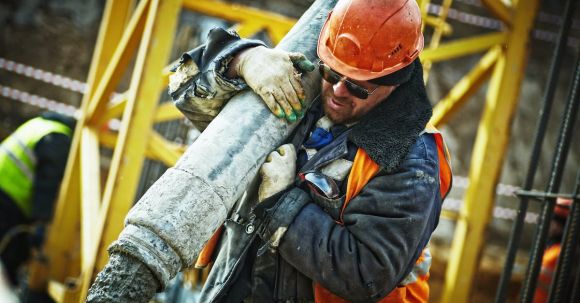Earthmoving machinery has become an essential part of many industries, from construction and demolition to mining and forestry. Such machinery is used to move large amounts of earth and other materials quickly and efficiently. However, with this increased efficiency comes an increased risk of accidents and injuries, as well as potential environmental damage. Balancing the need for increased efficiency with the need for safety and environmental protection is a challenge that earthmoving machinery operators must meet.
Benefits of Earthmoving Machinery
Earthmoving machinery offers numerous benefits, such as increased efficiency and productivity, reduced labor costs, and improved safety. In the construction and demolition industries, earthmoving machinery can help to complete projects faster and with less strain on workers. This increased efficiency can lead to cost savings, as well as improved safety for workers, as they are not exposed to the same risks as manual labor. Additionally, earthmoving machinery can reduce the need for hazardous materials, such as asbestos, lead, and other hazardous substances commonly used in construction and demolition projects.
Potential Risks
In addition to the benefits of earthmoving machinery, there are also potential risks associated with its use. The most common risk is the potential for accidents and injuries. Heavy machinery is often used in hazardous conditions, and operating them can be dangerous. Accidents and injuries can be caused by operator error, mechanical failure, or environmental conditions. Additionally, there is the potential for environmental damage, as earthmoving operations can cause soil erosion, air pollution, and water contamination.
Balancing Efficiency and Safety
The key to balancing efficiency and safety with earthmoving machinery is to ensure that the machinery is properly maintained and operated by trained and experienced personnel. Regular inspections of the machinery should be conducted to ensure that it is in good working order and that all safety devices, such as rollover protection and seatbelts, are in place and functioning properly. Operators should also be trained and experienced in the use of the machinery, and should follow all safety protocols.
In order to reduce the potential for environmental damage, earthmoving operations should be conducted in a manner that minimizes the impact on the surrounding environment. This can be done by following best practices, such as avoiding areas of sensitive vegetation and minimizing the amount of soil disturbed. Additionally, operators should be mindful of the potential for water contamination, and should take steps to reduce runoff and sedimentation.
Conclusion
Earthmoving machinery is an essential part of many industries, offering increased efficiency and productivity. However, there is also an increased risk of accidents and injuries, as well as potential environmental damage. Balancing efficiency and safety with earthmoving machinery requires regular maintenance, experienced operators, and best practices to minimize environmental impact. With the right approach, earthmoving operations can be conducted safely and efficiently, while still protecting the environment.






